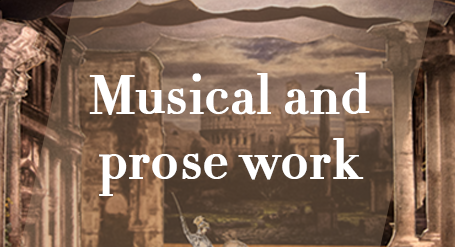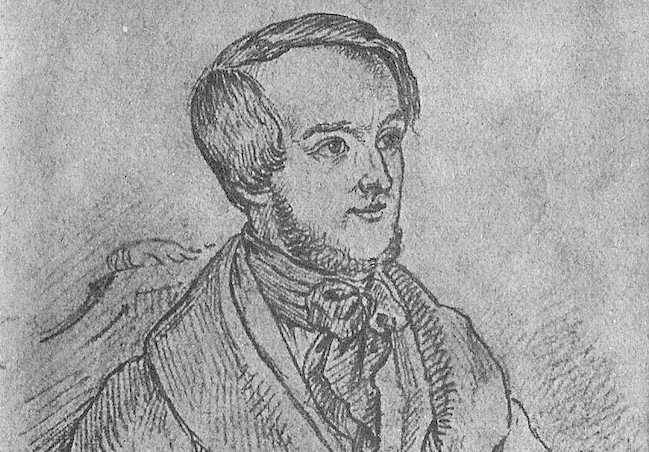
The musical work of Richard Wagner is composed of operas or “musical dramas” ranging from “Fairies” (Die Feen) to “Parsifal”. A detailed presentation of each of these major works is associated here with a set of thematic articles, placing them not only in the context of his personal life but also in his social, economic and cultural context. This section also includes all the musical works (excluding opera) and his literary work.
THE WEDDING, WWV31
Die Hochzeit, WWV31
SYNOPSIS
What is still known of the story is that it concerns the events surrounding the intended marriage of a young woman, Ada, to Arindal. This is a political marriage, not one of love. On the eve of the wedding, Ada’s lover, Cadolt, comes to see her. She rejects his advances, preferring to defend her honour but, in the process, pushes him over the balcony to his death. Ada still loves Cadolt and collapses and dies at the funeral next to his body.
In his autobiography (Mein Leben/My Life), he very precisely summarizes the work’s framework:
“Two great houses had lived in enmity, and had at last decided to end the family feud. The aged head of one of these houses invited the son of his former enemy to the wedding of his daughter with one of his faithful partisans. The wedding feast is thus used as an opportunity for reconciling the two families. Whilst the guests are full of the suspicion and fear of treachery, their young leader falls violently in love with the bride of his newly found ally.
His tragic glance deeply affects her ; the festive escort accompanies her to the bridal chamber, where she is to await her beloved ; leaning against her tower-window she sees the same passionate eyes fixed on her, and realises that she is face to face with a tragedy.
When he penetrates into her chamber, and embraces her with frantic passion, she pushes him backwards towards the balcony, and throws him over the parapet into the abyss, from whence his mutilated remains are dragged by his companions. They at once arm themselves against the presumed treachery, and call for vengeance; tumult and confusion fill the courtyard: the interrupted wedding feast threatens to end in a night of slaughter. The venerable head of the house at last succeeds in averting the catastrophe. Messengers are sent to bear the tidings of the mysterious calamity to the relatives of the victim: the corpse itself shall be the medium of reconciliation, for, in the presence of the different generations of the suspected family, Providence itself shall decide which of its members has been guilty of treason. During the preparations for the obsequies the bride shows signs of approaching madness ; she flies from her bridegroom, refuses to be united to him, and locks herself up in her tower-chamber.
Only when, at night, the gloomy though gorgeous ceremony commences, does she appear at the head of her women to be present at the burial service, the gruesome solemnity of which is interrupted by the news of the approach of hostile forces and then by the armed attack of the kinsmen of the murdered man. When the avengers of the presumed treachery penetrate into the chapel and call upon the murderer to declare himself, the horrified lord of the manor points towards his daughter who, turning away from her bridegroom, falls lifeless by the coffin of her victim.”
in Richard Wagner, Mein Leben (My Life)
If you wish to share further information about this article, please feel free to contact us !
